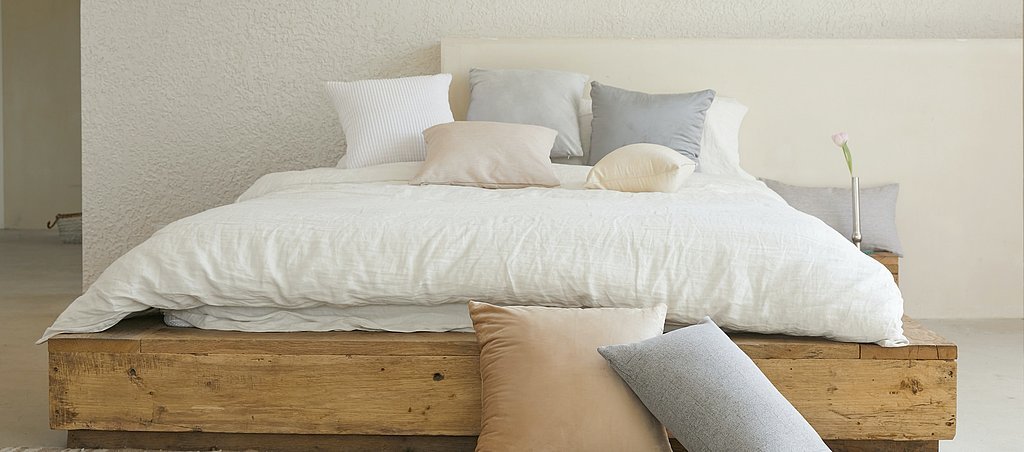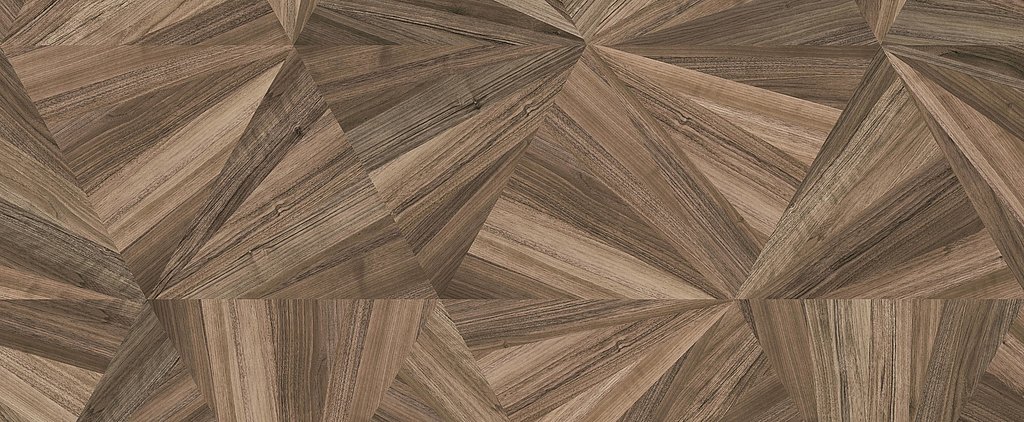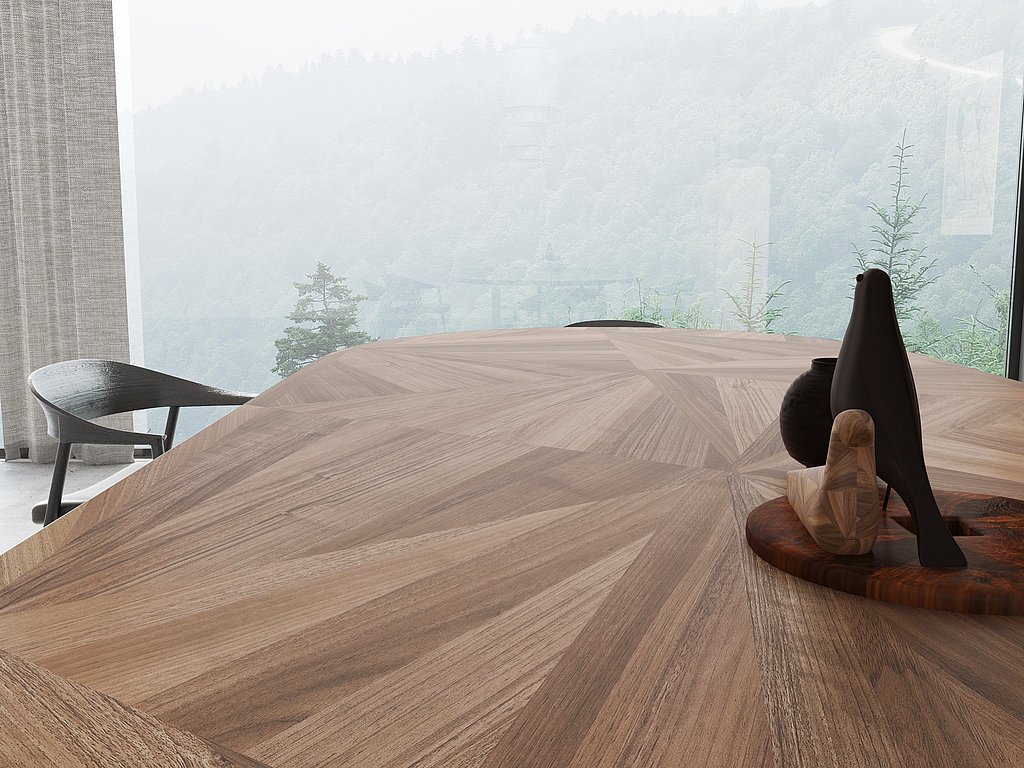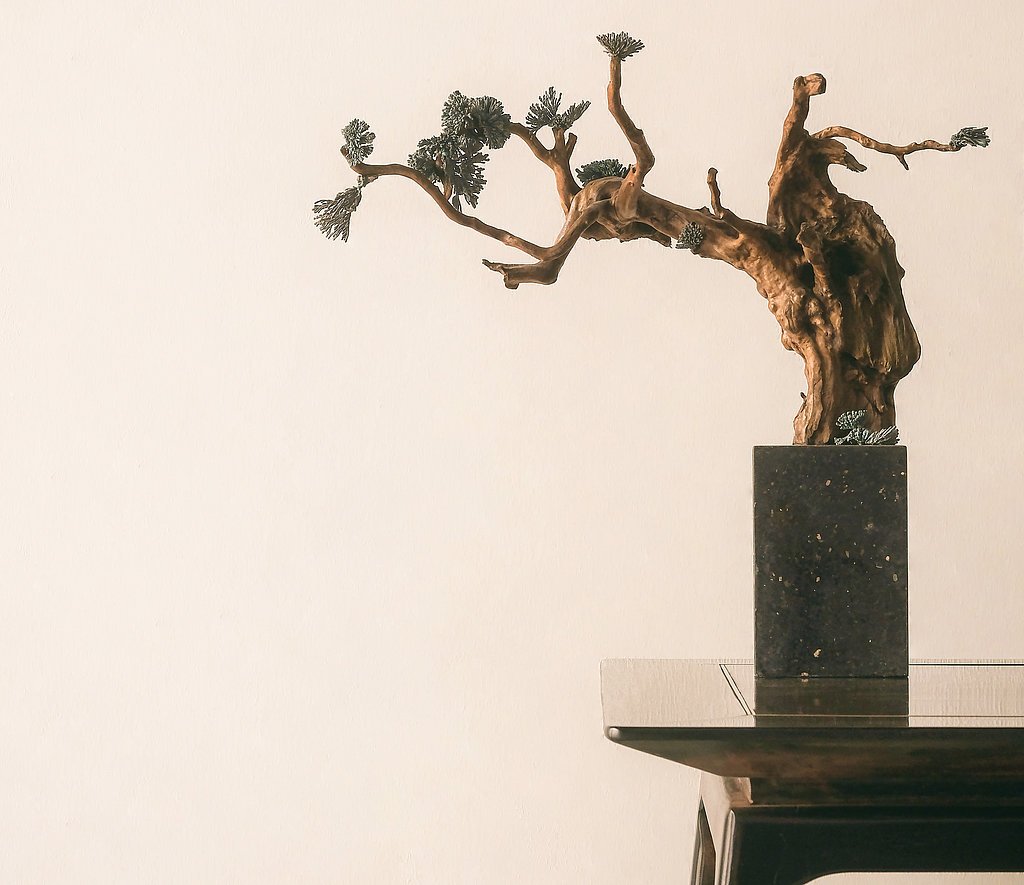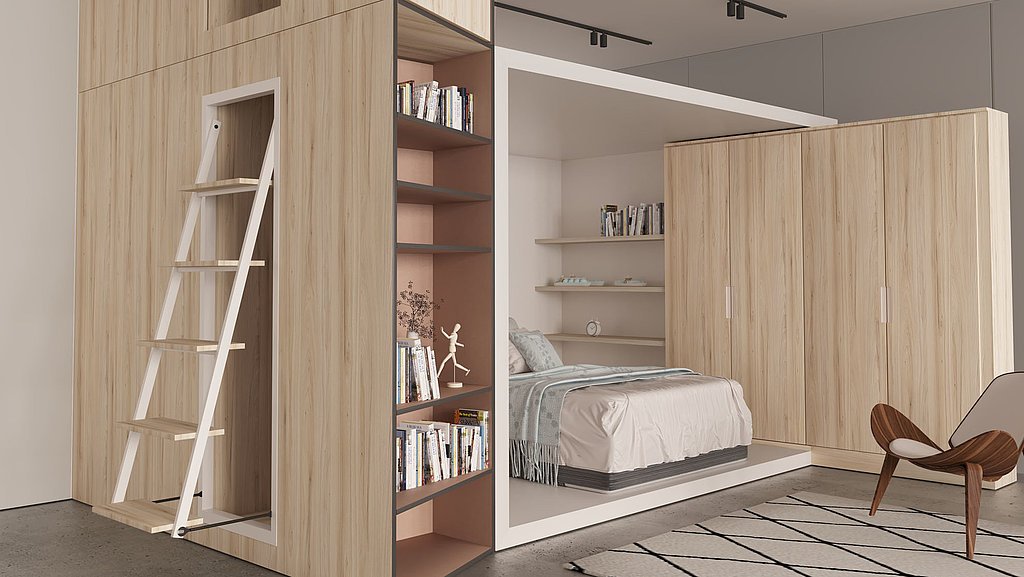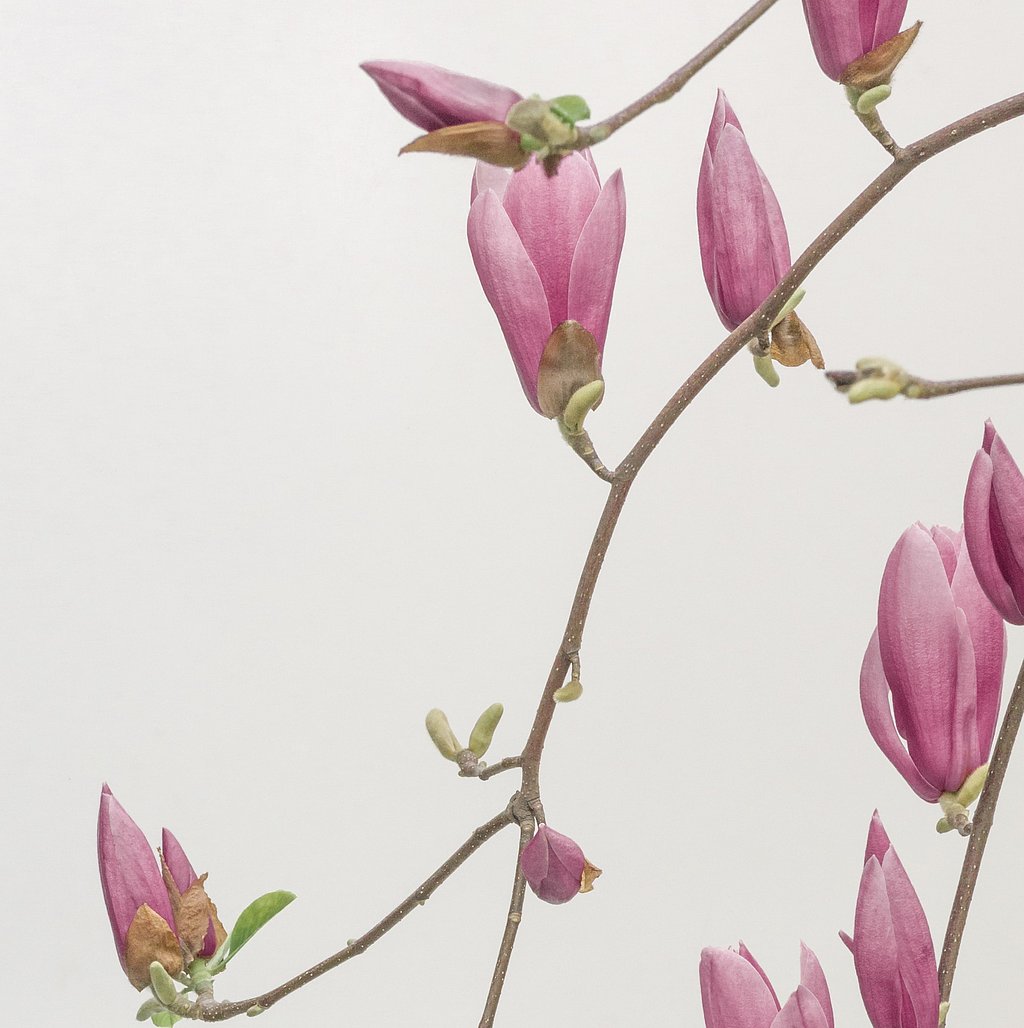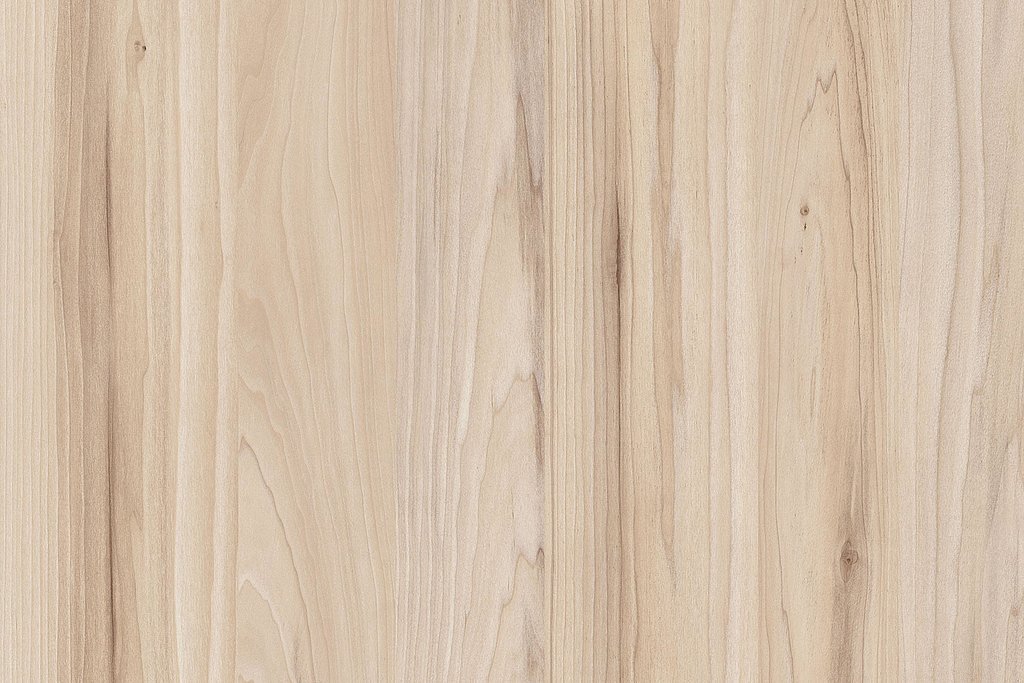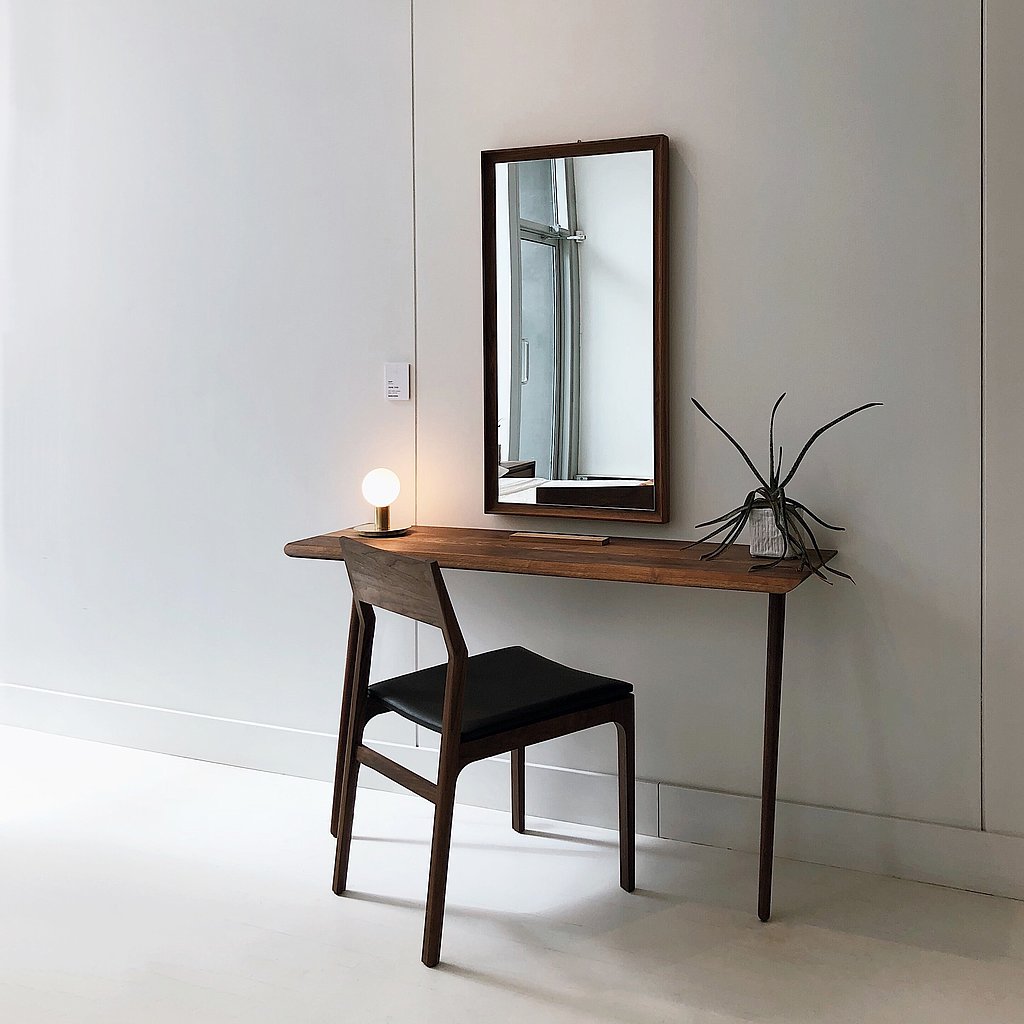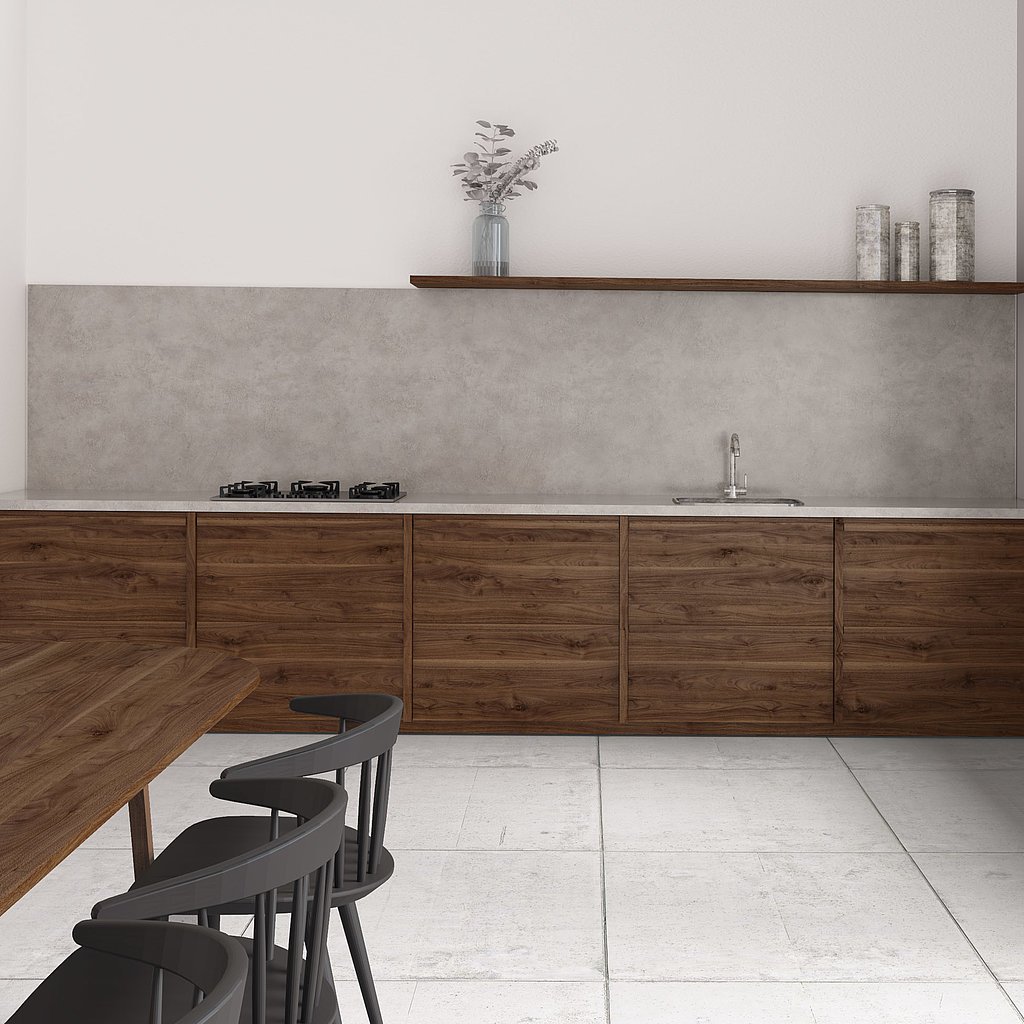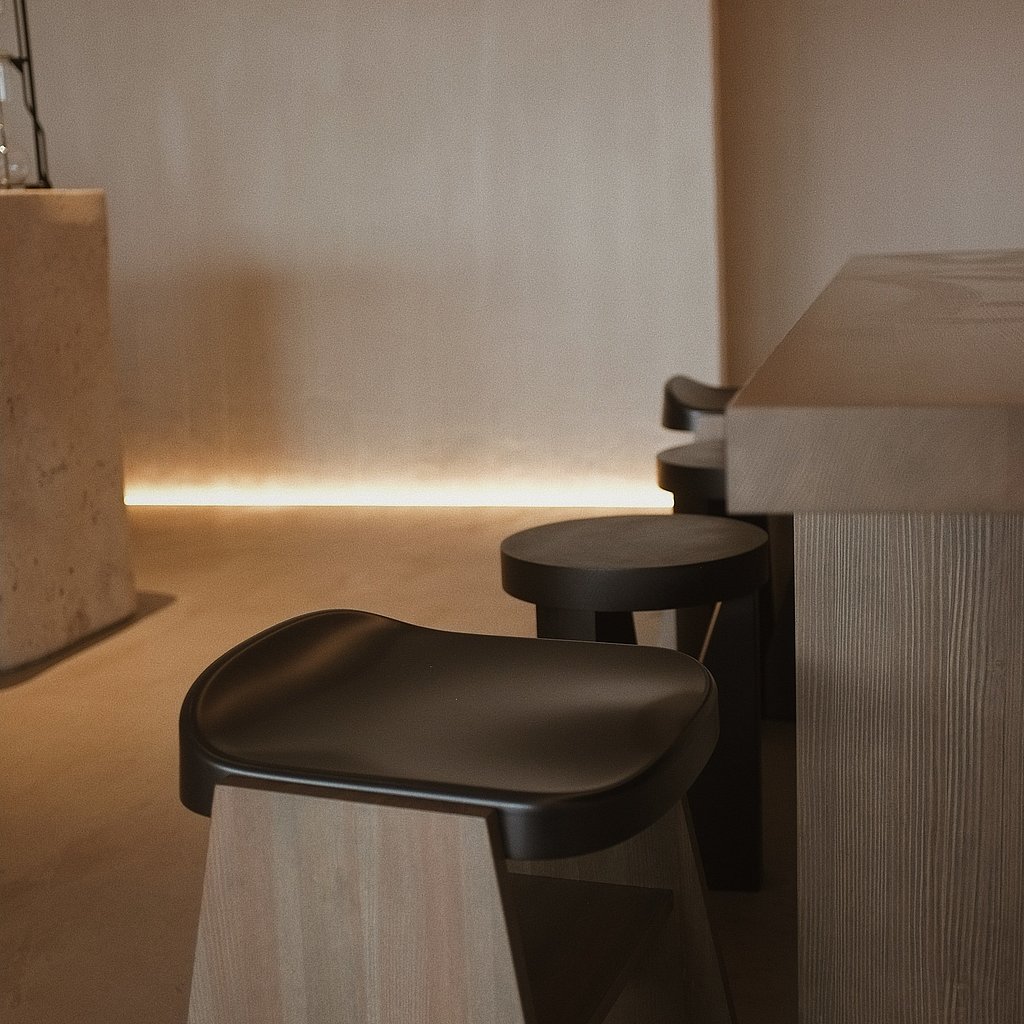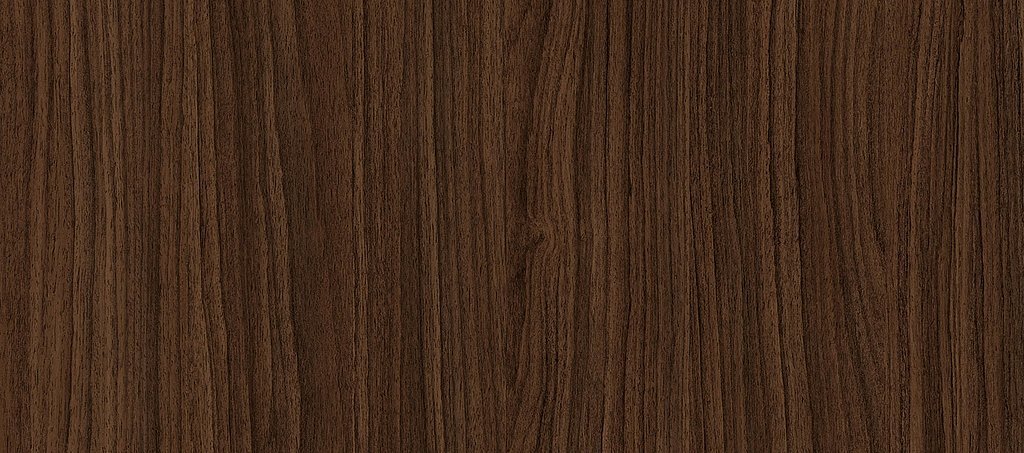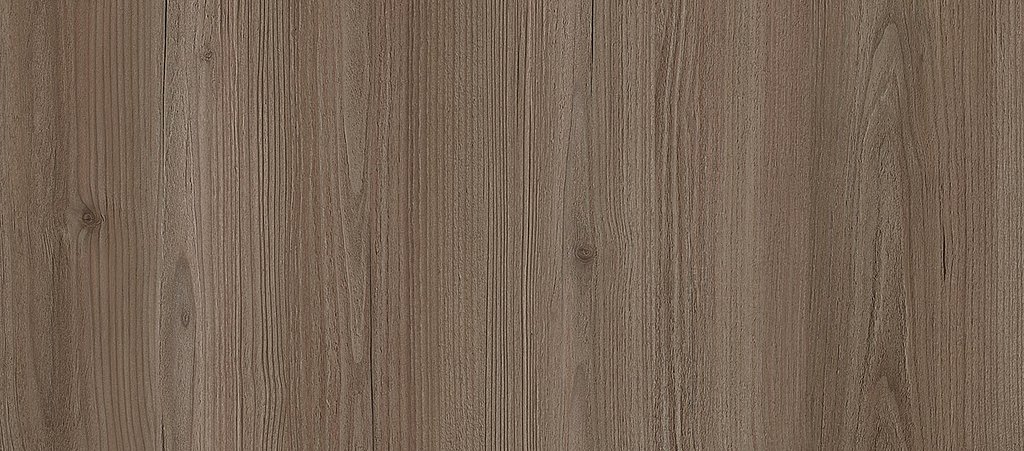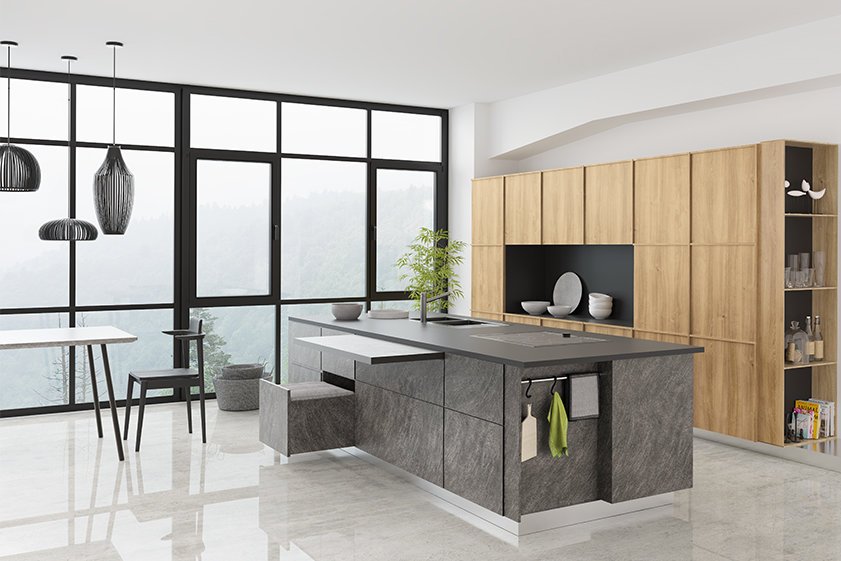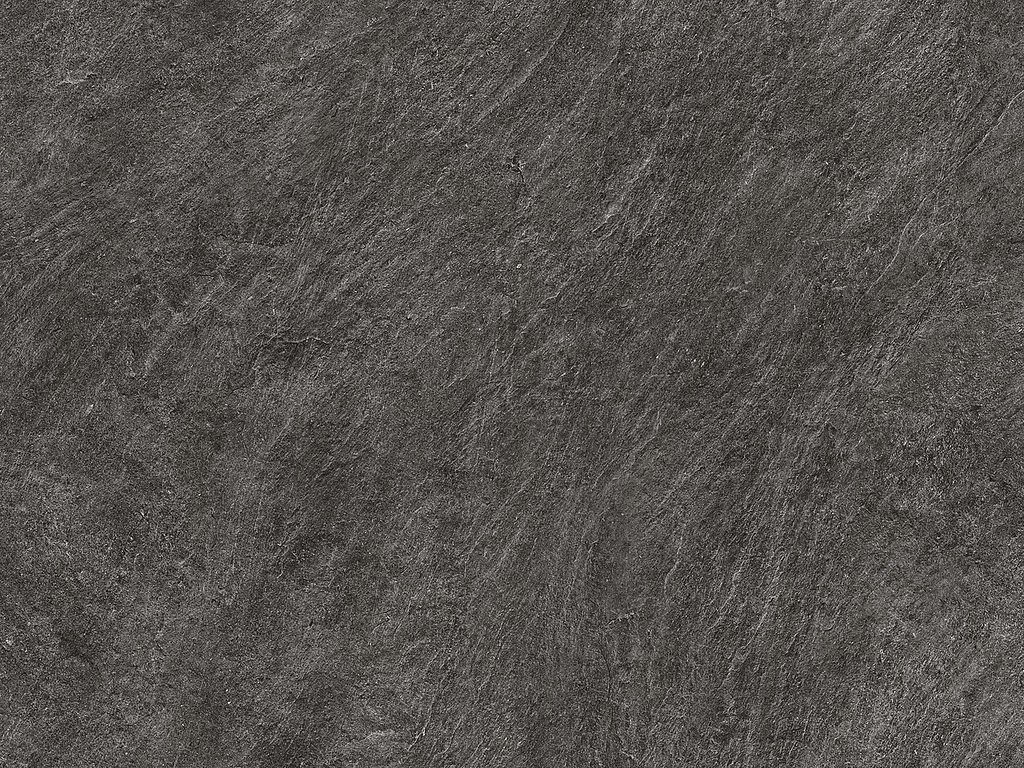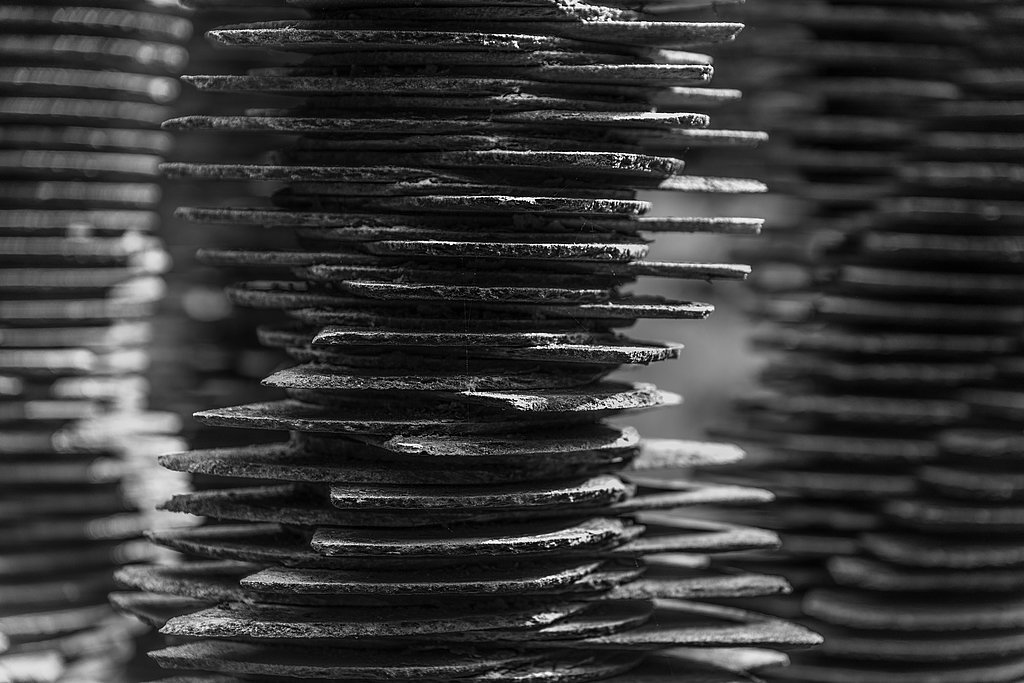Japandi exudes pure harmony
In the second part of our Cocooning series, we also take a look at a furnishing trend that experienced an unexpected boom in 2020/21: Japandi. While Hygge 2.0 floods our living space with warm coziness, Japandi 2.0 satisfies our longing for the filigree, for tidy clarity, for a harmonious room layout, for maximum functionality and smartness as well as for intelligently designed storage spaces.
The word “Japandi” is a melding of “Japan” and “Scandinavia” which creates a striking new style: the best of classic Scandi design and traditional Japanese furnishing styles.
What both approaches have in common is simple beauty and elegance in combination with living space functionality. The unmistakable play of colors and its material language in Japandi result from the fusion of Scandinavian lightness with Japanese love of materials.
Japandi in a Nutshell #feelcomfyandcosy
Expressive, particularly natural materials set the highlights. The result is a tidy, yet warm atmosphere – and you need that during times when both work and school move into your home, into your own cocoon. With Japandi, a warm sense of well-being meets strict aesthetics, the casualness of Northern Europe meets the reduced style of the East. The result is a simple yet cozy home with a focus on the essentials.
The new Japandi
In the past, Japandi was extremely careful with decoration. At most, Scandi brought a minimum of coziness to Japandi. Nevertheless, Scandi accessories, such as neon elements or handmade-looking screen prints, were only allowed to as accents. Instead, quiet, light, almost white woods set the tone.
The Japandi trend changed in 2021. White it continues to demand the clearest possible attitude with which it wants to support inner and outer tidiness. It more recently allows for more expressive accessories! A cozy blanket, a hand-made high-quality structured vase or cup, hand-made favorite pieces with aspects of sustainability or regionality: these select items of personal value turn the home into a place of well-being, exuding strength and clarity. In their essence, they may also be imperfect in order to be perfect in the joint arrangement – this is where the Japanese Wabi-Sabi principle comes to light.
Spatial structuring
In Japandi 2.0, multifunctional furniture reconciles the home office with free time. Light-looking, silently sliding Shōji room dividers fit in well with this concept. They orchestrate the effect and size of the room and adapt flexibly to the needs of those living there.
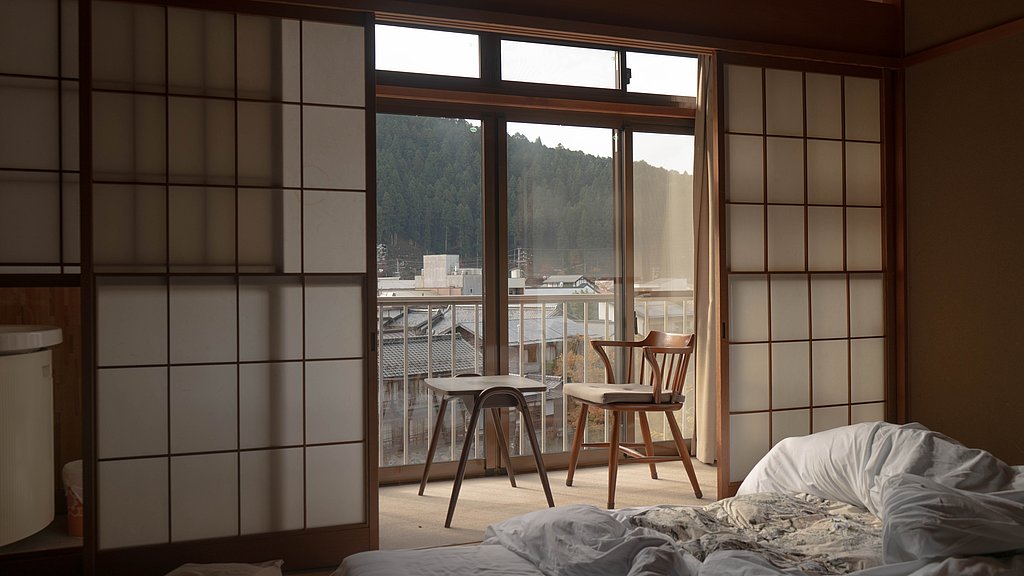
Japandi shapes, materials, and colors
Organic shapes meet the straightness and geometry of Japandi. The materials which define the style reliably relate to nature: bamboo, paper, earthenware, solid wood, wool, and leather.
Post-crisis Japandi has fine-tuned its material language and now combines wood, metal, and textile. Light woods continue to create the stylish basic atmosphere, but their color scheme opens up from previously very light wood tones and an abundance of white and pastel tones to warmer, honey-colored wood tones.
Wood in Japandi
Speaking of which! Wood plays an important role in Japandi. In terms of its properties, it remains rather calm, but has gained a number of authentic characteristics. For example, the surfaces are now more structured, and the pores have a nice grip. There is a growing trend for decors with a certain, rustic naturalness, almost rawness. Even soaped surfaces can be found here recently. Depending on the surface processing technique, Japandi can develop into a visual or haptic experience.
Exotic rosewood brings the traditions of distant cultures into play. Its spectrum between natural light and dark is particularly appealing to the senses. It’s reminiscent of Japanese interiors and lacquer work. Rosewood is exotic, but thanks to its streaky, calm character, it can be used like walnut – ideal for smaller pieces of furniture!
The new Japandi color palette
Japandi colors – these were initially, gray, red, soft earth tones, white, blue, beige, cream, or pastel tones. As long as they remained convincingly natural, the color palette could even lean towards bold green, brown or aubergine.
Today, Japandi prefers to mix warm, earthy tones. Cream and brown tones come to the fore front in 2021. When it comes to darker wood tones, we now like to think of rosewood decors with a calming aura.
Black gives contrast
Black interior details borrowed from classic Japanese are indispensable in the Japandi style. They act as elegant markers, give rooms visual depth, attract glances, draw attention but at the same time secure a certain calmness.
Japandi for the mindset
As a basic rule in Japandi, simple shapes are a must. A second rule says that less is more. Capricious, quirky, and flamboyant are out! Handcrafted, personal, unmistakable items, however, are very welcome. Every decorative piece is chosen with thought and care.
Thanks to their lack of decoration, all elements can be easily combined with one another. Currently, Japandi fits into the mindset of people who also care about principles such as zero waste, capsule wardrobe, reduction, and combinability. Having fewer possessions - more and more people associate this with lighter burdens on themselves, but also with a sustainable environmentally conscious lifestyle.
Hygge or Japandi? United in well-being
In times of uncertainty, when we are thrown back on ourselves, a feeling of security becomes vital. Whether Hygge or Japandi – a consciously designed, safe, cozy, structured home serves as a haven of calm in rough times.
With both design approaches, people want to activate the beneficial psychological aspects of living. For this, they are ready to listen to themselves. They find out what is really good for themselves in their personal space. They expect their furnishings and the materials and colors surrounding them to have a positive influence on their state of mind. The idea that our surroundings can have a positive effect on us, calm us down and have a good influence on us, gives us some control back.
